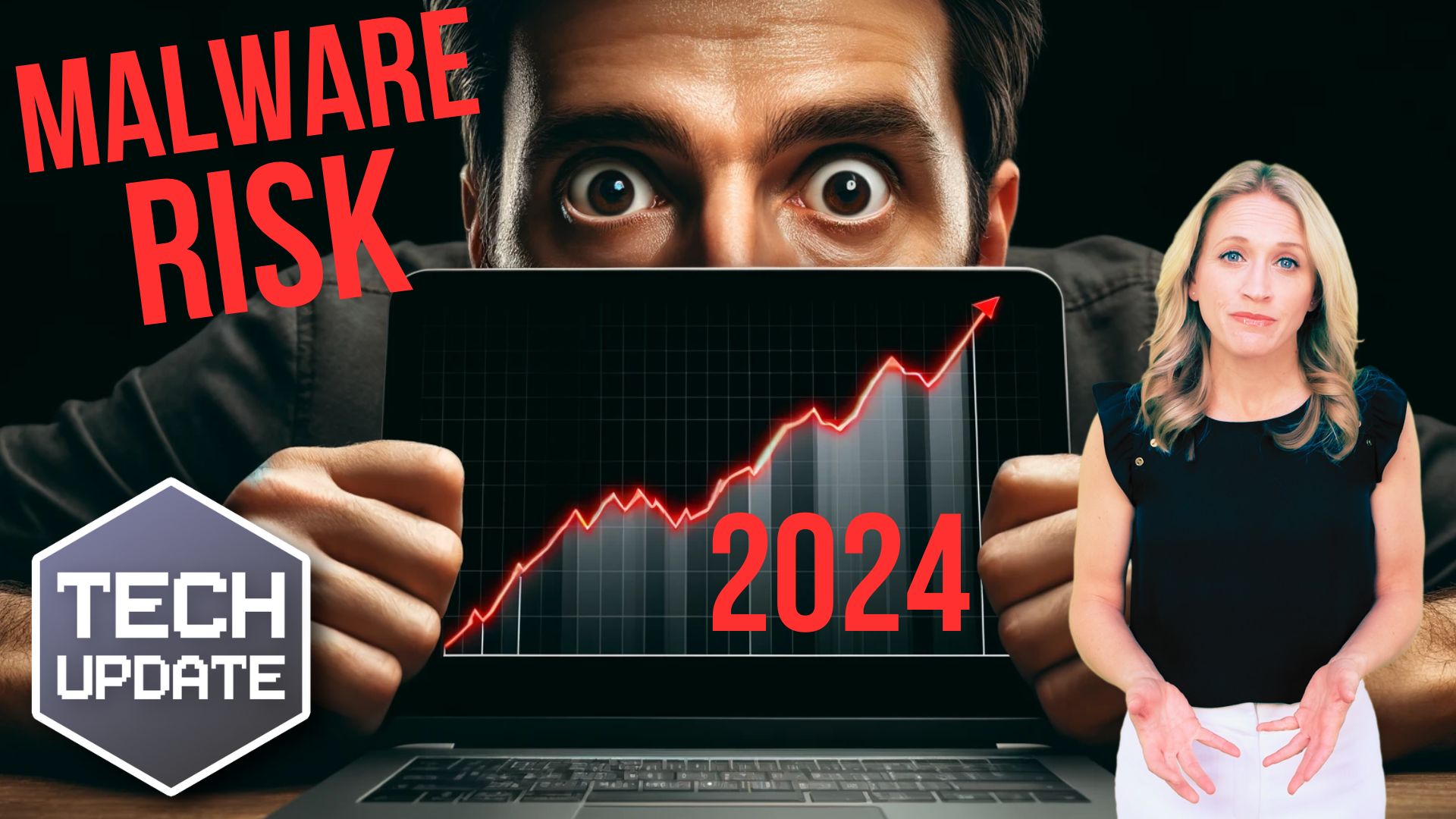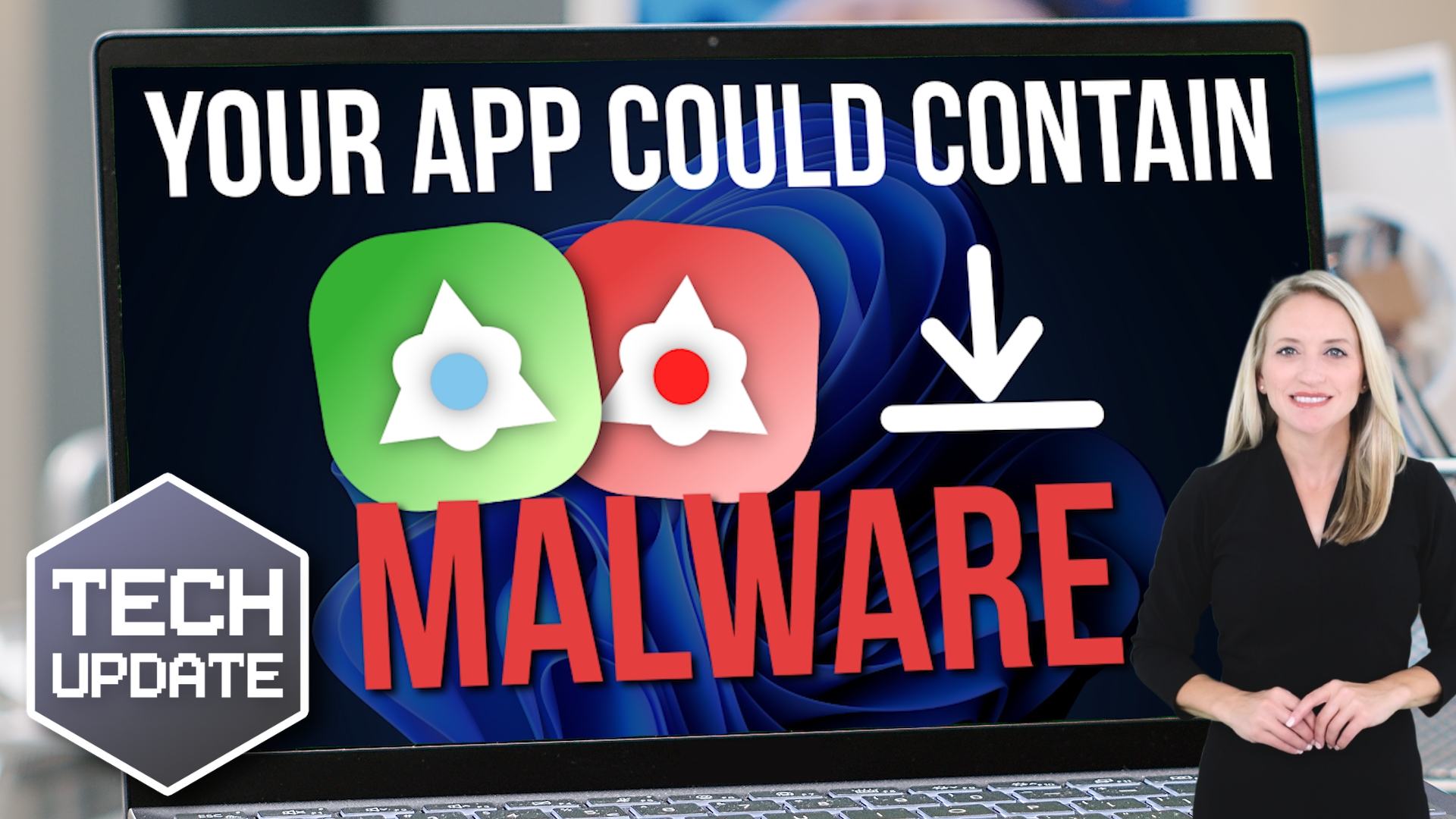Let’s dive into a topic that might not be the most exciting, but it’s incredibly vital: Malware attacks.
These cyber threats are causing quite a stir, especially among small and medium-sized businesses (SMBs). So, it’s crucial to understand how you can shield your business from harm.
First off, what exactly is malware?
Think of it as the digital version of those pesky germs that make you sick. Malware, short for malicious software, is akin to the flu bug of the cyber realm. It sneaks into your computer systems or network, causing all sorts of chaos.
Now, what types of malware are we dealing with here?
Recent reports highlight a few notorious troublemakers: Information-stealing malware, ransomware, and business email compromise (BEC).
But why should you care about malware? Picture this: You’re smoothly running your business when WHAM! A malware attack strikes. Suddenly, your files are locked, your systems are frozen, and you’re facing demands for ransom.
Sounds like a nightmare, doesn’t it?
Unfortunately, it’s the harsh reality for many SMBs grappling with malware assaults. It’s not just about losing money; it’s also about the potential harm to your reputation, operations, and the trust of your customers.
However, there are numerous ways to combat malware and safeguard your business:
- Educate your team: Teach your employees to recognize phishing emails, suspicious links, and other tricks used by cybercriminals. A little awareness can go a long way.
- Armor up your devices: Ensure all your computers and devices are equipped with top-notch software to ward off attacks.
- Back up your data: Regularly back up your data to secure offsite locations. This way, if an attack occurs, you’ll have a backup plan ready to restore your files.
- Fortify your network: Enhance your network security with firewalls, encryption, and other robust defenses.
- Stay vigilant: Exercise caution with suspicious emails or requests for sensitive information. When in doubt, verify the sender’s identity and avoid clicking on risky links or attachments.
- Have a plan: Develop an incident response plan to tackle malware attacks. Think of it as your emergency playbook, outlining steps for containing the threat, recovering your data, and reporting the incident.
That’s a lot of information to digest, but remember, knowledge is power. We specialize in assisting our clients with these challenges, alleviating their worries. If you’d like our assistance too, don’t hesitate to reach out.
Next Steps
Are you looking for a new IT service provider? Check out our free guide that explains how to choose your next IT service provider for some quick tips to get you started! Schedule a free 15-minute discovery call with someone from our team to see if we’re a good mutual fit!







